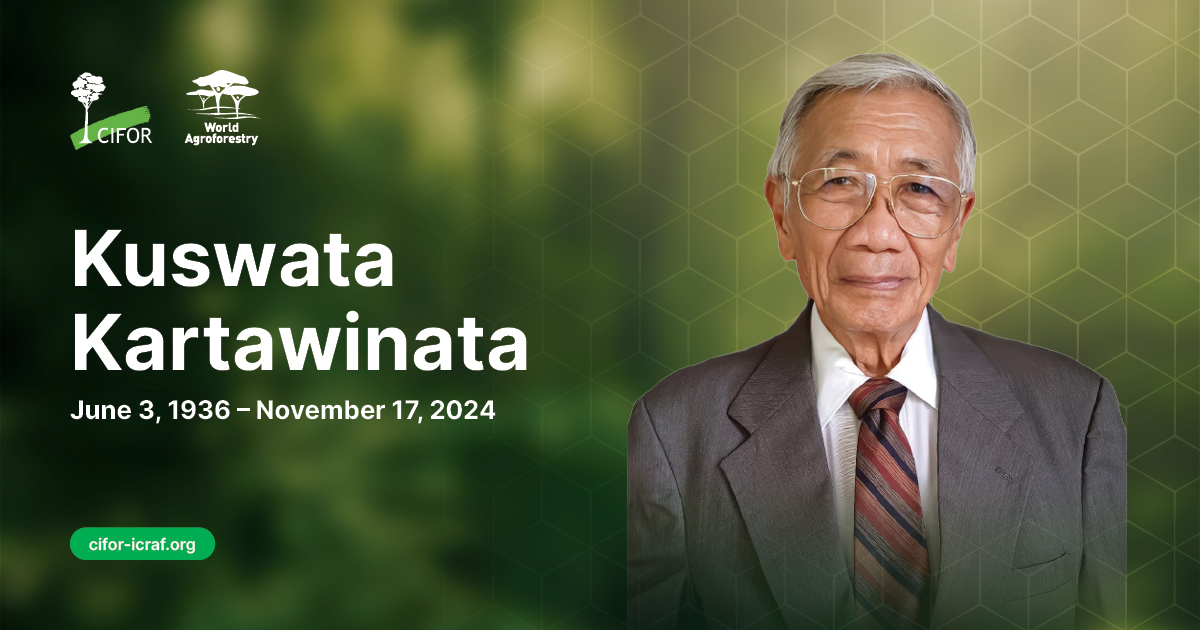Farmers' maize (Zea mays) yields in semiarid Kenya are low because of low and erratic rainfall and soil nutrient depletion. An experiment was conducted in Machakos, Kenya, during November 1989–July 1995 to explore the potential of hedgerow intercropping (HI) with Leucaena leucocephala as an alternative strategy to the use of inorganic fertilizers for improving maize yields in semiarid bimodal highlands. The study, conducted in a randomized block design with three replications, evaluated on an operational scale with four treatments: sole maize with or without fertilizer; and HI with prunings of L. leucocephala hedges used as green manure or with prunings and maize stover fed to oxen and manure returned to soil. About 1.4 t ha1 of L. leucocephala foliar biomass and 1.2 t ha1 manure were incorporated each season in green-manure and ox-manure systems, respectively. Although sole maize responded to inorganic fertilizer in six of 11 seasons, maize yield was improved by HI, with prunings used as green manure, only once, 5 yrs after the commencement of the study, when rainfall exceeded 500 mm. Over the experimental period, maize yields were 15% and 30% less in green-manure and ox-manure systems, respectively, than in unfertilized maize, primarily because of the competition of hedgerows with crops for water. The fodder system of HI recycled only 27% of N and 50% of P exported from the field in fodder, grain and stover, and depleted nutrients more than the other systems. The green-manure system made a positive N balance, with similar P depletion as in the fodder system. No changes were detected in soil organic carbon or cations in any of the systems during the experimental period while extractable P was significantly improved by fertilizing maize. Net present value of returns from fertilizing maize at 40 kg N and 18 kg P ha1 was 10% higher than from the unfertilized control. Fertilizer use would be 25% more profitable, however, if P were applied only to match the amount of P removed by crop (9 kg P ha1 per season) and if maize were not topdressed (amounting to 50% of the recommended N) in poor rainfall seasons. Of the two HI systems, only the fodder system was more profitable than either system of sole-cropped maize because the high value of fodder more than compensated the smaller maize yield obtained in HI. However, the fodder system may not give higher economic returns than a sole L. leucocephala fodder bank. Hence, HI using competitive species such as L. leucocephala and with the level of productivity observed in this study, is not appropriate for semiarid climates to increase cereal yields, either directly through green manuring or indirectly by fodder production and nutrient cycling through livestock
DOI:
https://doi.org/10.1016/S0378-4290(97)00067-1
Altmetric score:
Dimensions Citation Count:
00067-1&apiKey=3948bb216041dbffcb29a618defafc29&httpAccept=image%2Fjpeg)
Publication year
1998
Authors
Mathuva M N; Rao M R; Smithson P C; Coe, R.
Language
English
Keywords
agroforestry, alley cropping, crop yield, economics, experimentation, fodder, inorganic fertilizers, leucaena leucocephala, semiarid climate, sustainability
Geographic
Kenya






















